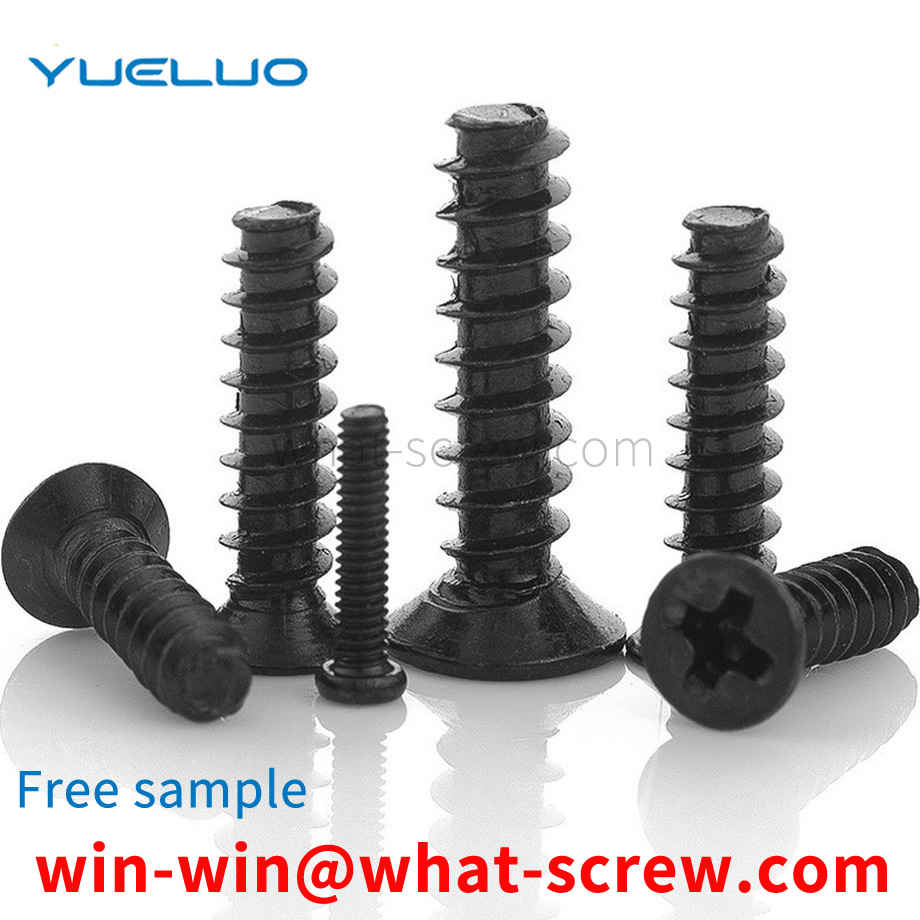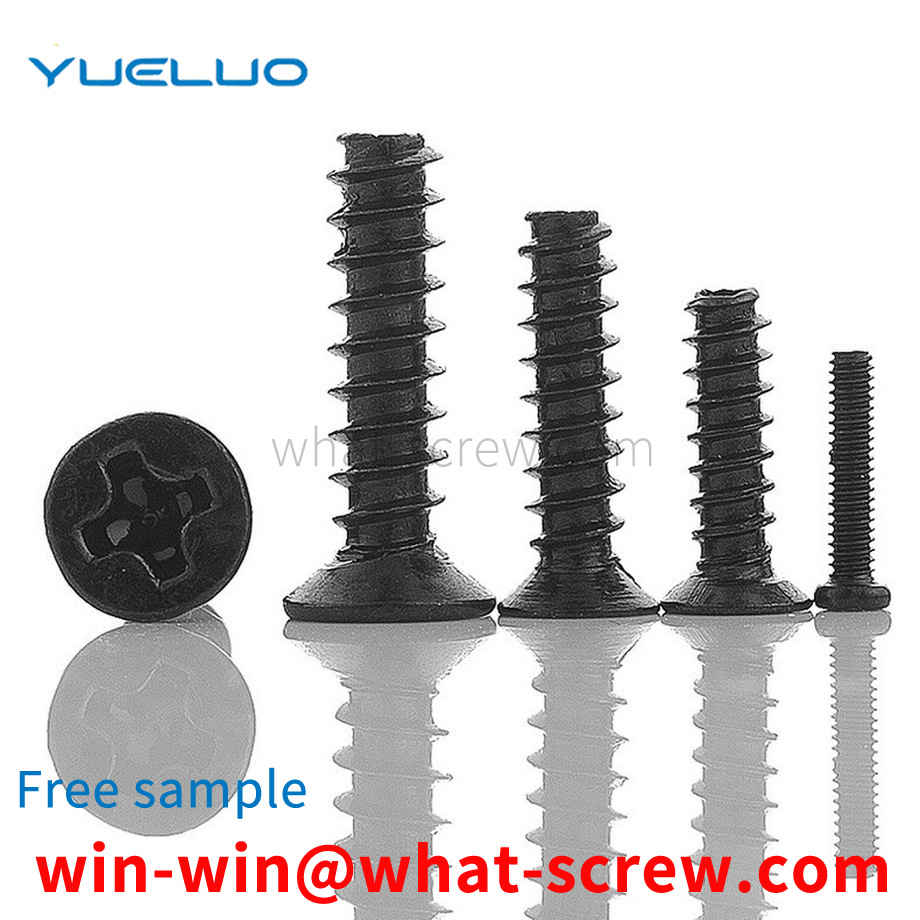Countersunk head screw, also called countersunk head screw, also known as flat machine screw, is a kind of construction part. The head is a 90-degree cone, similar to common wood screws. The head has tool tightening grooves, such as a zigzag, cross, inner hexagon, plum blossom, pentagon, etc. Screws are all connectors used to connect two objects. Generally, the head of the screw will protrude above the surface of the object to be connected, so that the surface will lose its smoothness. Countersunk head screws can be sunk under the surface to make the surface flat. For hard objects, countersunk holes need to be drilled in the corresponding positions of the countersunk head. In short, the countersunk head is the head of the screw that can keep the surface flat after installation.
The earliest rivets were small pegs made of wood or bone, and the earliest metal variants may be the ancestors of what we know as rivets. They are without a doubt the oldest known method of joining metals, dating back as far as the earliest use of malleable metals, eg: Bronze Age Egyptians riveted the six wooden sectors of the outer lines of a slotted wheel with rivets Fastened together, after the Greeks had succeeded in casting large statues in bronze, the parts were riveted together with rivets.
In another embodiment of Guangdong Yueluo Hardware Industry Co., Ltd., the discharge port of the vibrating plate 2 is matched with the screw receiving hole 35, and the screws can enter the screw receiving hole 35 through the discharge port after sorting and sorting in the vibrating plate 2. . Preferably, a guide rail 6 is provided between the discharge port of the vibrating plate 2 and the screw accommodating hole 35, and the screws enter the screw accommodating hole 39 from the discharge port through the guide rail 6. The slotting is carried out, which improves the efficiency and saves the labor cost.
When the countersunk head screws and hexagon socket head bolts are produced by the cold heading process, the original structure of the steel will directly affect the forming ability of the cold heading process. In the process of cold heading, the plastic deformation of the local area can reach 60%-80%, so the steel must have good plasticity. When the chemical composition of the steel is constant, the metallographic structure is the key factor to determine the plasticity. It is generally believed that the coarse flaky pearlite is not conducive to cold heading forming, while the fine spherical pearlite can significantly improve the plastic deformation ability of the steel. For medium carbon steel and medium carbon alloy steel with a large amount of high-strength bolts, spheroidizing (softening) annealing is performed before cold heading, so as to obtain uniform and fine spheroidized pearlite to better meet the actual production needs. For the softening annealing of medium carbon steel wire rods, the heating temperature should be kept above and below the critical point of the steel, and the heating temperature should not be too high, otherwise tertiary cementite will precipitate along the grain boundary, resulting in cold heading cracking. The wire rod of medium carbon alloy steel is annealed by isothermal spheroidization. After heating at AC1+ (20-30%), the furnace is cooled to slightly lower than Ar1, the temperature is about 700 degrees Celsius for an isothermal period, and then the furnace is cooled to about 500 degrees Celsius and air-cooled. The metallographic structure of the steel changes from coarse to fine, from flake to spherical, and the cracking rate of cold heading will be greatly reduced. The general area of softening annealing temperature for 35\45\ML35\SWRCH35K steel is 715-735 degrees Celsius; while the general heating temperature for spheroidizing annealing of SCM435\40Cr\SCR435 steel is 740-770 degrees Celsius, and the isothermal temperature is 680-700 degrees Celsius.
Ordinary thread Ordinary coarse thread: Feature code M+ Nominal diameter + Rotation + thread tolerance zone code (pitch diameter, top diameter) - Rotation length Ordinary fine thread: Feature code M+ Nominal diameter * thread pitch + direction of rotation + thread tolerance With code (middle diameter, top diameter) - the length of screwing is omitted for right-handed threads, and the left-handed thread is represented by LH. M 16-5g6g means coarse thread ordinary thread, nominal diameter 16, right-handed, the thread tolerance zone is 5g in the middle diameter and 6g in the major diameter, and the screwing length is considered as the medium length. M16×1 LH-6G means fine thread ordinary thread, nominal diameter 16, pitch 1, left-handed, thread tolerance zone medium diameter and major diameter are both 6G, and the screwing length is considered as medium length. The labeling format is: feature code (cylindrical pipe thread is represented by G, conical pipe thread is represented by NPT) + size code + tolerance grade code + rotation direction G1A--LH represents inch non-threaded sealing pipe thread, size code 1in, left-handed, tolerance The grade is A grade. Rcl/2 means inch thread seal taper pipe thread, size code 1/2in, right-handed.
We have many years of experience in the production and sales of screws, nuts, flat washers, etc. The main products are: GB120 yuan column pins, GB808 iron galvanized fine-tooth nuts, countersunk head screws, lifting ring fisheye screw screws and other products, we can provide you with suitable products Your fastener solution.



















 Service Hotline
Service Hotline




